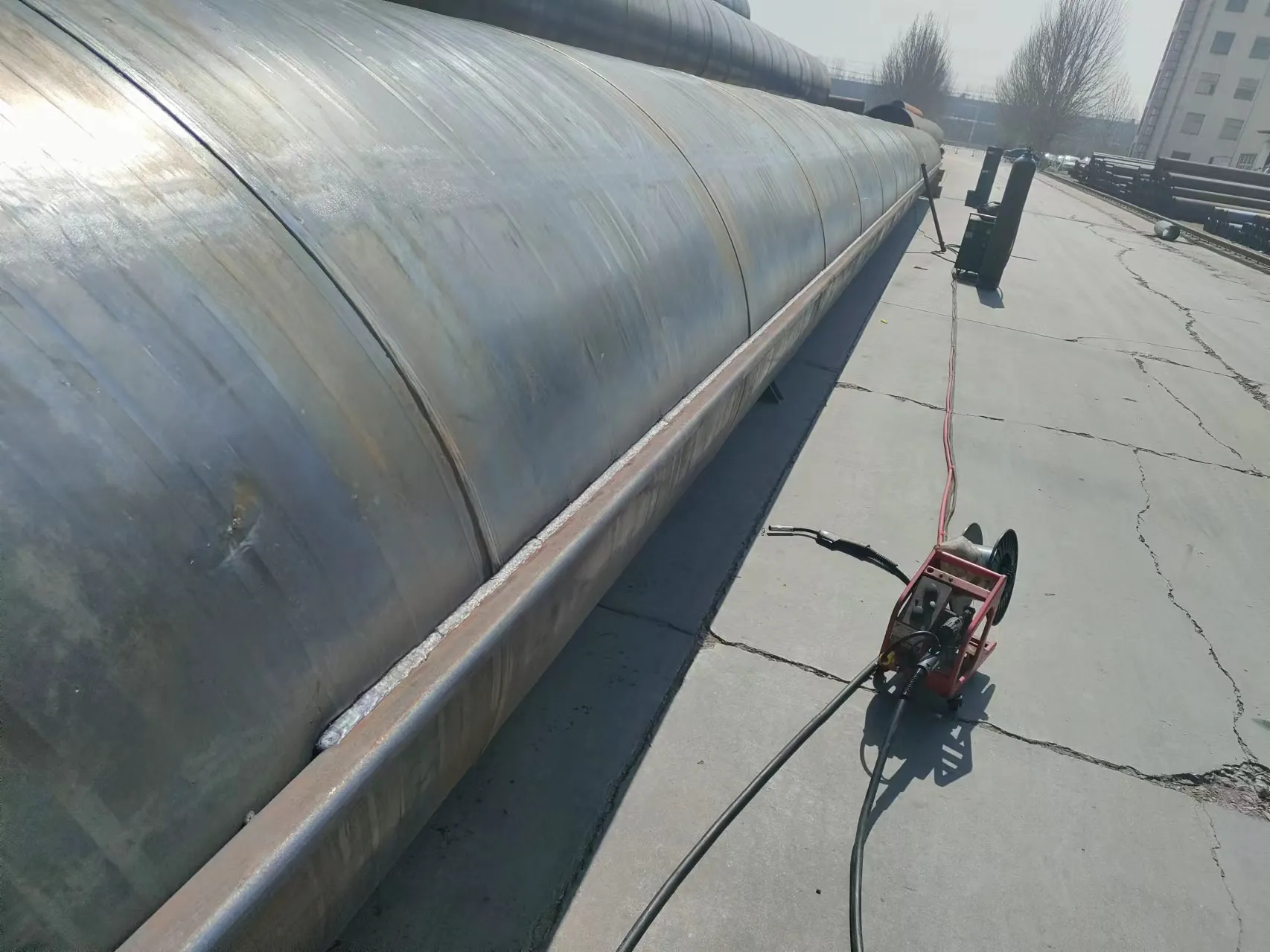-
Cangzhou Yulong Steel Co., Ltd.
-
Phone:
+86 13303177267 -
Email:
admin@ylsteelfittings.com
- English
- Arabic
- Italian
- Spanish
- Portuguese
- German
- kazakh
- Persian
- Greek
- French
- Russian
- Polish
- Thai
- Indonesian
- Vietnamese
- Zulu
- Korean
- Uzbek
- Hindi
- Serbian
- Malay
- Ukrainian
- Gujarati
- Haitian Creole
- hausa
- hawaiian
- Hebrew
- Miao
- Hungarian
- Icelandic
- igbo
- irish
- Japanese
- Javanese
- Kannada
- Khmer
- Rwandese
- Afrikaans
- Albanian
- Amharic
- Armenian
- Azerbaijani
- Basque
- Belarusian
- Bengali
- Bosnian
- Bulgarian
- Catalan
- Cebuano
- China
- China (Taiwan)
- Corsican
- Croatian
- Czech
- Danish
- Esperanto
- Estonian
- Finnish
- Frisian
- Galician
- Georgian
- Kurdish
- Kyrgyz
- Lao
- Latin
- Latvian
- Lithuanian
- Luxembourgish
- Macedonian
- Malgashi
- Malayalam
- Maltese
- Maori
- Marathi
- Mongolian
- Myanmar
- Nepali
- Norwegian
- Norwegian
- Occitan
- Pashto
- Dutch
- Punjabi
- Romanian
- Samoan
- Scottish Gaelic
- Sesotho
- Shona
- Sindhi
- Sinhala
- Slovak
- Slovenian
- Somali
- Sundanese
- Swahili
- Swedish
- Tagalog
- Tajik
- Tamil
- Tatar
- Telugu
- Turkish
- Turkmen
- Urdu
- Uighur
- Welsh
- Bantu
- Yiddish
- Yoruba

Dec . 07, 2024 09:55 Back to list
flange standard en 1092 1
Understanding the Flange Standard EN 1092-1
Flanges are critical components in various engineering applications, particularly in piping systems. They provide a means for connecting pipes, valves, pumps, and other equipment, ensuring tight seals and structural integrity under varying pressures and temperatures. One of the most recognized flange standards in Europe and beyond is the EN 1092-1 standard. This article delves into the aspects of the EN 1092-1 flange standard, its significance, classifications, and typical applications.
Overview of EN 1092-1
The EN 1092-1 standard, established by the European Committee for Standardization (CEN), outlines the specifications for flanges used in pipes and piping installations. The standard is part of a broader series dedicated to flanges, and it sets forth requirements regarding material, dimensions, tolerances, and testing methods. This ensures that flanges are compatible with various applications and facilitate safe and reliable connections within piping systems.
Importance of Standards in Flange Design
Standards such as EN 1092-1 are vital for several reasons. Firstly, they promote consistency and uniformity in flange manufacturing, which is crucial for interconnectivity. Industries operating on a global scale benefit from these standards, as they assure customers of quality and compatibility, regardless of the manufacturer or location.
Secondly, adhering to such standards ensures safety. Flanges must withstand high pressure and temperature conditions without failing. The EN 1092-1 standard includes rigorous testing requirements to ensure that flanges can handle the operational stresses they encounter in real-world applications.
Classification of Flanges under EN 1092-1
The EN 1092-1 standard classifies flanges into several types based on their design and application scenarios
. The two primary types include1. Flat Flanges These are standard flanges with a flat surface for sealing. They are commonly used in moderate-pressure applications.
2. Raised Face Flanges Featuring a raised connecting area, these flanges are designed for higher pressure applications, offering improved sealing capabilities.
flange standard en 1092 1

In addition to these two main types, the standard also categorizes flanges based on their pressure classes, which indicate the maximum pressure at which they can operate safely. These classes are essential for engineers when selecting the appropriate flange for specific applications.
Materials Used in Flange Manufacturing
The EN 1092-1 standard permits various materials for flange manufacturing, allowing for a wide range of applications. Common materials include
- Carbon Steel Often used for general-purpose flanges due to its strength and affordability. - Stainless Steel Selected for its excellent corrosion resistance, making it suitable for chemical processing and marine applications. - Alloy Steel Used in high-temperature and high-pressure environments, alloy steels are engineered to withstand extreme conditions.
The choice of material directly impacts the flange's performance, durability, and cost, emphasizing the importance of selecting the correct flange based on operational requirements.
Applications of EN 1092-1 Flanges
Flanges adhering to the EN 1092-1 standard find use in numerous industries, including
- Oil and Gas In drilling, refining, and transportation, flanges are crucial for ensuring system integrity under high pressure. - Water and Wastewater Treatment Flanges are employed in treatment plants to connect various components of the pipe network. - Chemical Processing The ability to withstand corrosive substances makes EN 1092-1 compliant flanges ideal for chemical plants.
Conclusion
The EN 1092-1 flange standard is an essential framework ensuring the safety, compatibility, and functionality of flanges in engineering applications. By defining reliable specifications for materials, dimensions, and performance criteria, this standard facilitates consistent practices across various industries. As global demand for safe and efficient piping systems continues to grow, adherence to such standards remains crucial for engineers and manufacturers alike. Understanding and implementing the EN 1092-1 standard not only enhances product reliability but also contributes to the overall safety of industrial operations.
Latest news
-
ANSI 150P SS304 SO FLANGE
NewsFeb.14,2025
-
ASTM A333GR6 STEEL PIPE
NewsJan.20,2025
-
ANSI B16.5 WELDING NECK FLANGE
NewsJan.15,2026
-
ANSI B16.5 SLIP-ON FLANGE
NewsApr.19,2024
-
SABS 1123 FLANGE
NewsJan.15,2025
-
DIN86044 PLATE FLANGE
NewsApr.19,2024
-
DIN2527 BLIND FLANGE
NewsApr.12,2024
-
JIS B2311 Butt-Welding Fittings LR/SR 45°/90° /180°Seamless/Weld
NewsApr.23,2024











